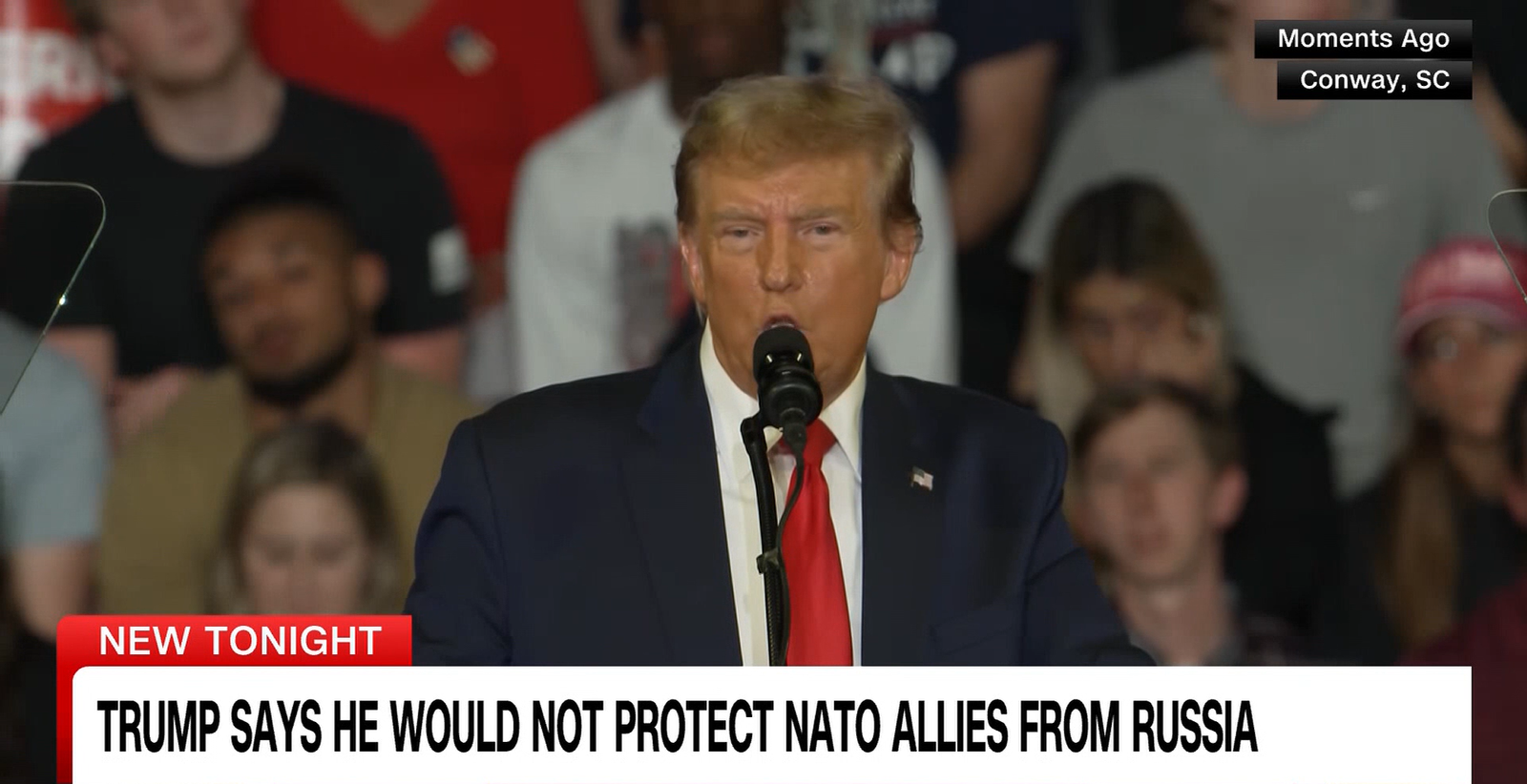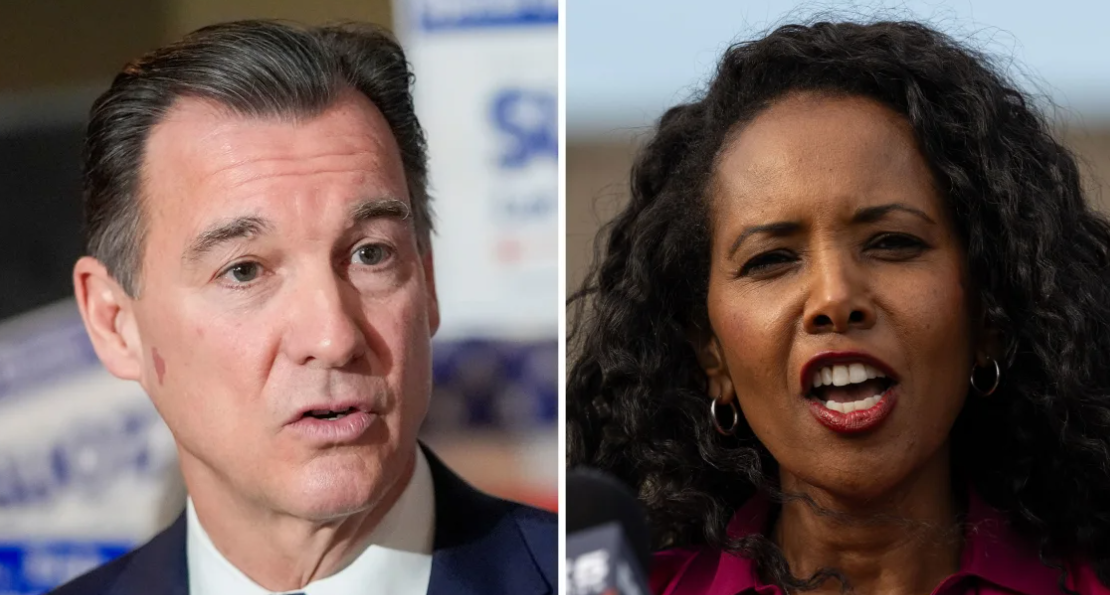A Shift in Perspective
President Donald Trump’s then-defense secretary, James Mattis, lauded NATO in 2017 as the “most successful and powerful military alliance in modern history.”
However, recent statements from Trump at a campaign rally suggest a stark departure from this sentiment. Trump indicated that he would refrain from aiding NATO members in the event of a Russian attack, contradicting the alliance’s core principle. He boldly stated, “No, I would not protect you. In fact, I would encourage them to do whatever the hell they want.”
NATO’s Financial Dynamics
Trump has persistently criticized European NATO members for purportedly failing to contribute their fair share financially. While this stance resonates with his base, it reveals a misunderstanding or disregard for NATO’s financial structure.
Contrary to Trump’s claims, all NATO countries contribute to a common fund supporting the alliance’s operational costs, with no outstanding payments. Additionally, since 2014, NATO nations agreed to allocate at least 2% of their GDP to defense spending, a target gradually being met.
Rising Concerns and Spending
The invasion of Ukraine by Russian President Vladimir Putin in 2022 heightened concerns, prompting increased defense spending among NATO’s European members. Nations like Estonia, Lithuania, and Romania now exceed the 2% GDP defense spending threshold.
Furthermore, Germany, previously spending below the target, committed to meeting the 2% requirement amidst fears of further Russian aggression.
Trump’s Discontent and Misconceptions
Trump’s discontent with NATO’s financial dynamics traces back to his tenure as president. He chastised Germany for spending only around 1% of its GDP on defense compared to the US’s 4%. However, NATO allows member states autonomy in defense spending decisions.
During meetings, Trump’s team presented Germany with an erroneous invoice of $600 billion, showcasing a fundamental misunderstanding of NATO’s financial agreements.
Critical Considerations
Despite historical instances where NATO’s Article 5 was invoked, such as after the 9/11 attacks, Trump seems adamant about withdrawing the US from NATO, a move his advisors warn against. Such a decision would undermine a longstanding and successful alliance.
Conclusion
Trump’s stance on NATO reflects deep-rooted misconceptions and a willingness to upend established international partnerships. The ramifications of such actions could destabilize global security arrangements and jeopardize collective defense efforts.
FAQs
- What is NATO’s primary purpose? NATO serves as a military alliance fostering collective defense among member states.
- How does NATO fund its operations? NATO’s operational costs are covered by contributions from all member countries.
- Why is Germany’s defense spending under scrutiny? Germany’s relatively low defense spending compared to its economic stature has drawn criticism from some NATO members.
- Has NATO faced significant challenges in the past? NATO has confronted various challenges throughout its history, adapting to changing geopolitical landscapes.
- What are the potential consequences of the US withdrawing from NATO? US withdrawal from NATO could weaken collective security efforts and diminish diplomatic alliances.


